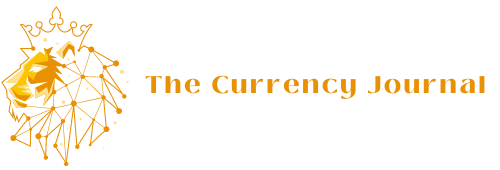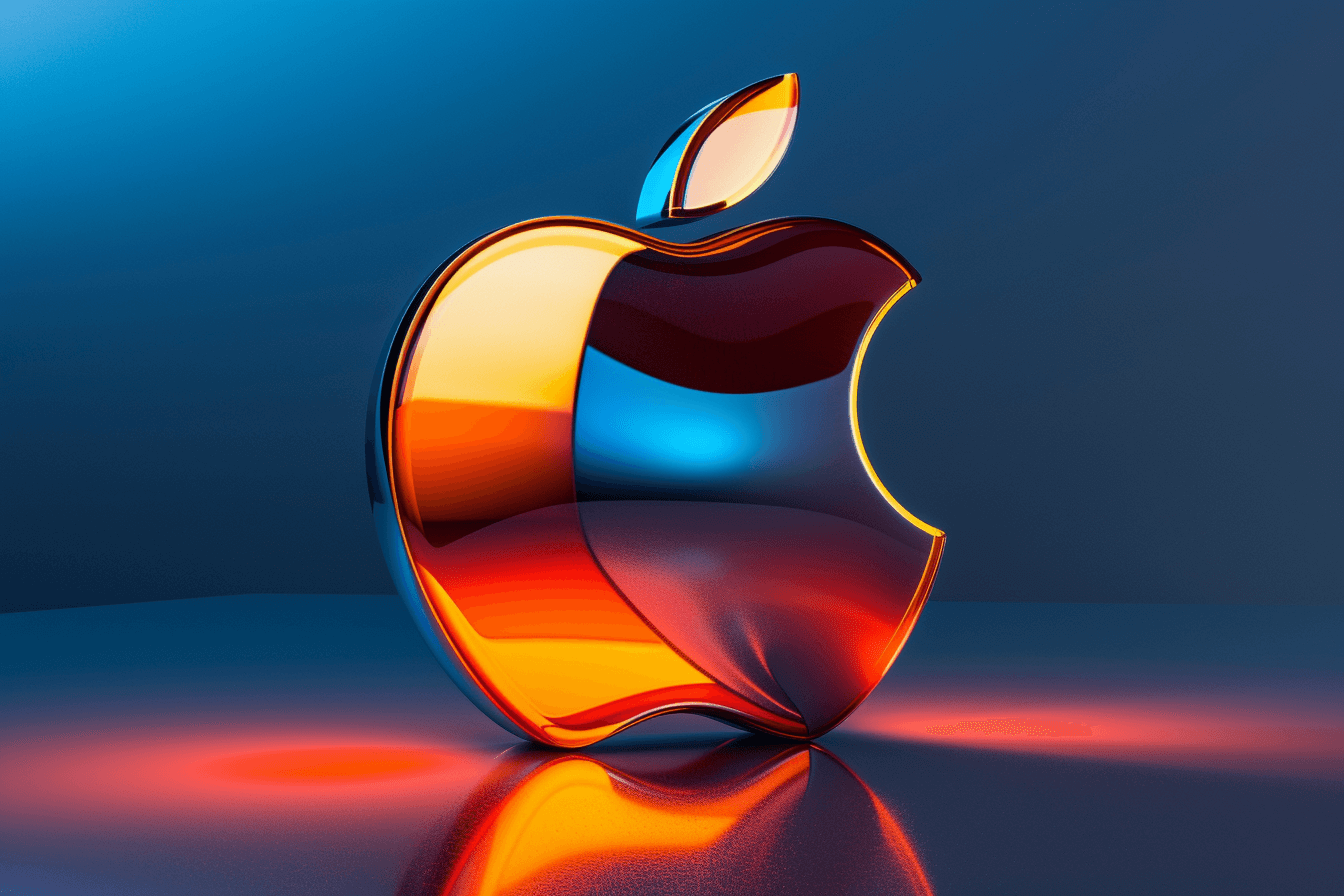Apple and researchers from the University of California, Santa Barbara have made a breakthrough discovery in artificial intelligence. This is MGIE (short for Model Generative Image Editing, MLLM-Guided Image Editing). This is to use advanced machine learning algorithms to transform and edit images based on text instructions. The tool is supposed to be better than the solutions known to us so far.
MGIE and Apple
Today, many people use Midjourney, which allows us to create quite good-looking graphics. All you need to do is learn the basic prompts (tips that will help the AI create the image you want) to become a better artist than many watercolor artists.
In the case of MGIE, however, it is something else. About creating photomontages. It is intended to be a simple way to, for example, add the elements we need to an existing graphic or photo. For example, we may have a photograph of our family home. We want a stork to appear on the roof of the building. With Apple's new AI tool, this will not only be possible, but extremely simple.
It's not everything. MGIE is intended to be an open-source technology. Everyone can use the tool themselves – all you need is a regular web browser.
The solution will probably also be implemented in Apple products and will appear in new models of the company's smartphones.
Is the threat of AI growing?
So much for admiration. The question is whether MGIE does not additionally increase the threats arising from the development of AI. Of course, adding some innocent, fun elements to your favorite family photo is nothing to be afraid of. The problem will arise when someone starts modifying photos of famous people, including politicians. This may help create fake news.
Let's imagine a day of important political elections for a given country. Two candidates are fighting for the presidency: one is pro-American and the other is pro-Russian. Let's assume that both are separated by 1-2 points in the polls. percentage. One of the powers – Russia or the USA – may want to influence the election result. So fake news appears on the Internet that one of the above-mentioned politicians took a bribe from a controversial businessman. As confirmation, a “photo” is circulating on social media in which the presidential candidate can be seen walking down the street and carrying a suitcase with a banknote sticking out of it. In practice, it can only be a photo from a Sunday walk changed using MGIE. However, for a certain number of people it will be evidence that the politician took a bribe.
The above example sounds, of course, naive and trivial. Certainly, the authors of fake news would have tried harder. However, my point is to show the problem: AI can increasingly be used to spread disinformation. Its creators probably have no idea how to limit this threat yet.

